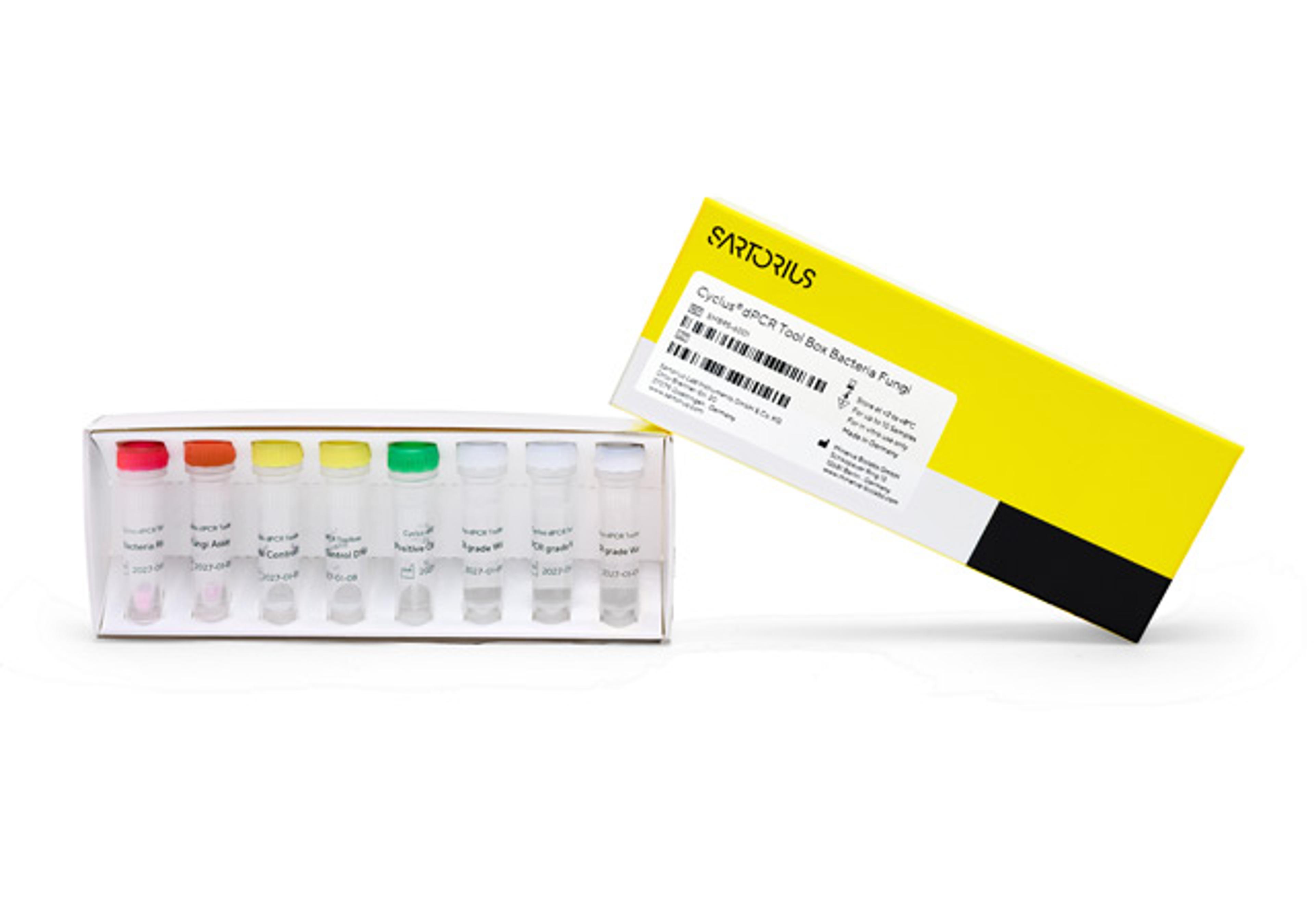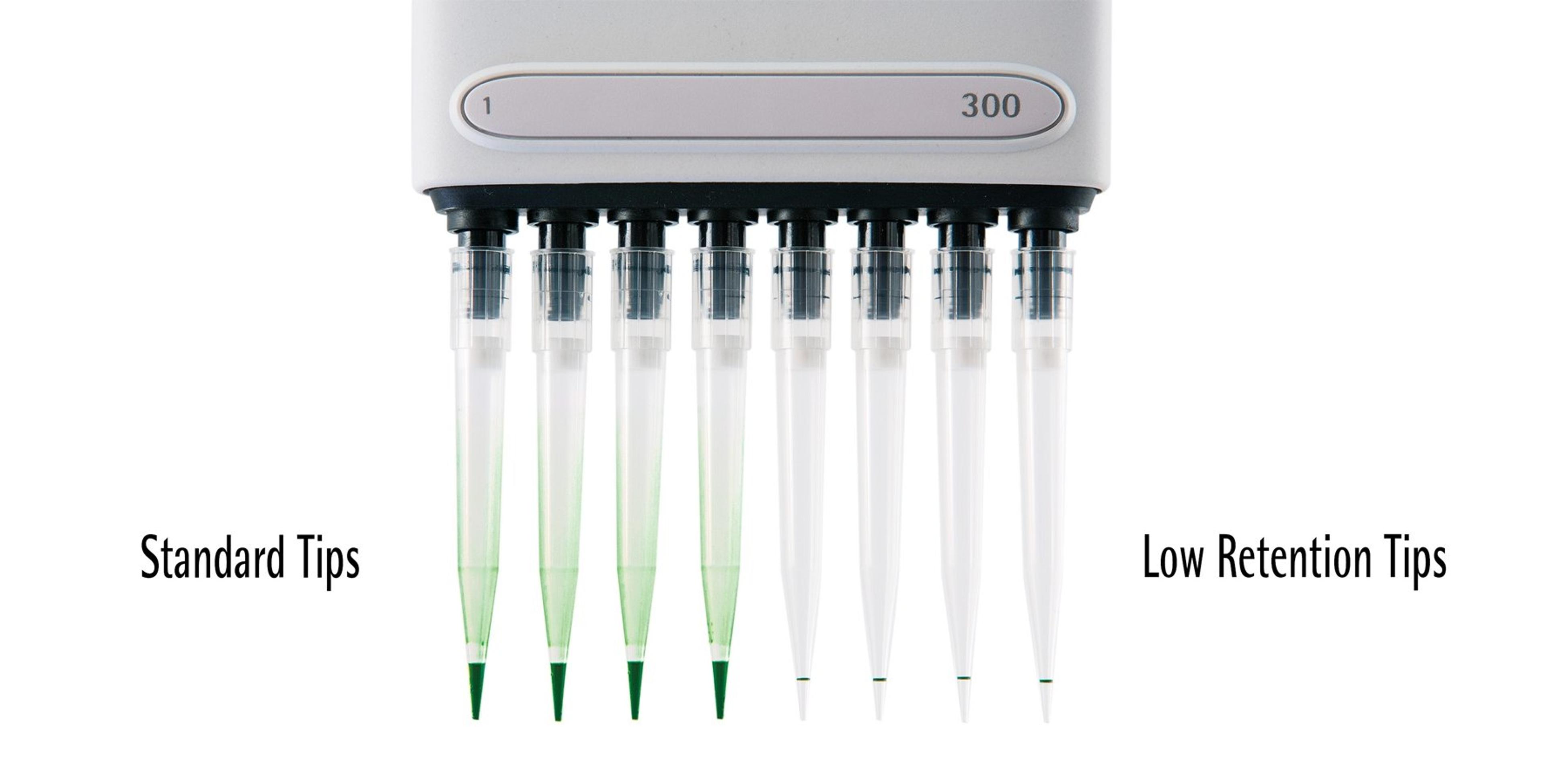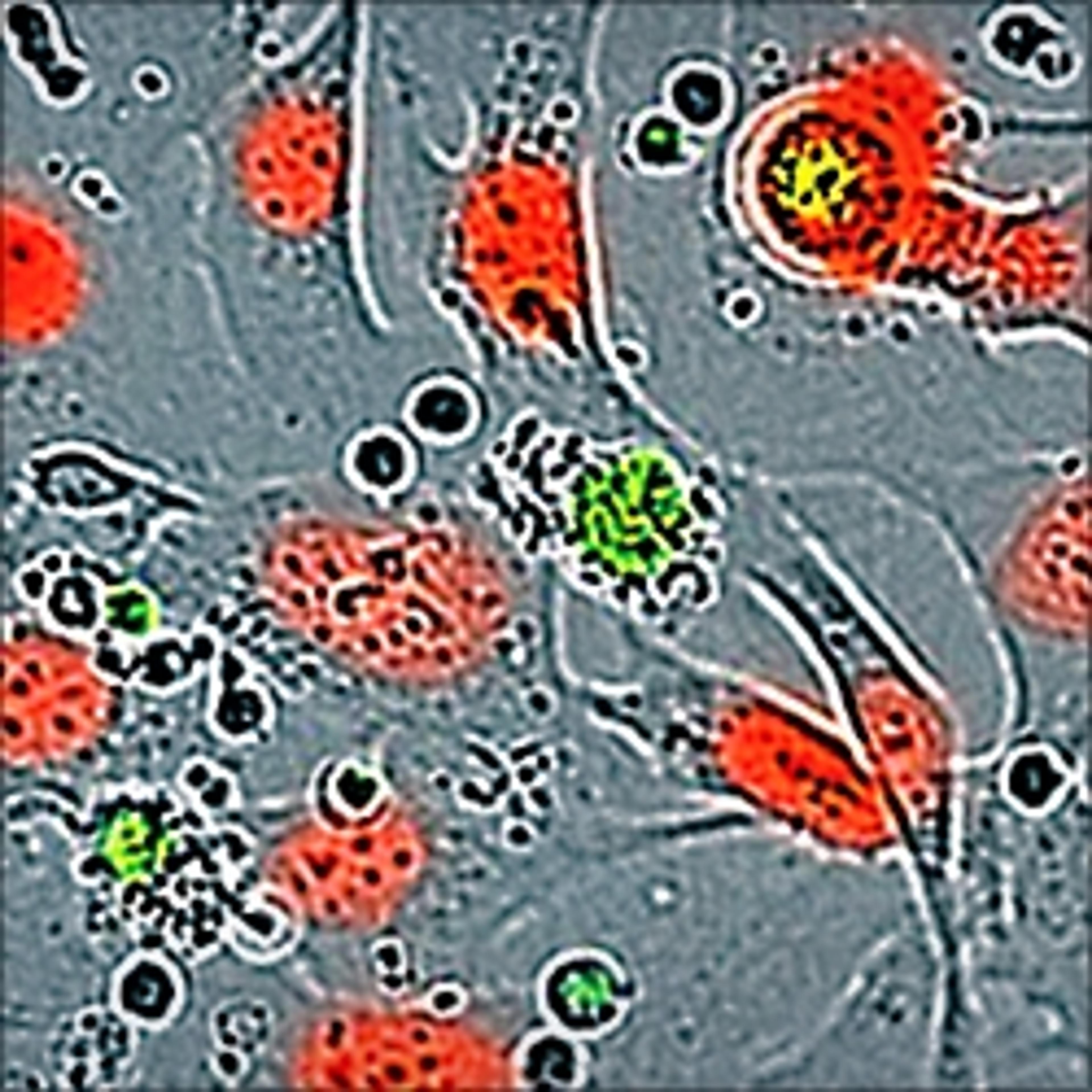Octet® RH16 BLI System
High throughput label-free performance.
Wide range of applications and user friendly.
Antibody charecterization and confirming protein activity and correct folding
Very easy to use, ccurate and replicable results.
Review Date: 18 Nov 2019 | Sartorius Group
Optimization of cell selection and good performance. I approve of the Octet Red 384.
Selection of antibody-producing cells
The equipment is suitable for obtaining cells that produce antibodies, selected by a sensors capable of producing fast results. The Octer Red 384 obtains the best lymphocytes at an acceptable cost because it provides lots of cell data bound to the antigen / antibody ratio in a short time.
Review Date: 3 Jun 2019 | Sartorius Group
We use the Octet RED384 because it is accurate, fast and easy to work with.
Optimize selection of new antibody producing cells
We use the Octet RED384 system to help optimize the selection of new antibody producing cells. The way the Octet RED384 uses Bio-Layer Interferometry (BLI) allows for binding assays to be conducted without having to label the antibody or antigen, and can be performed on supernatant level, being a great advantage for us compared to traditional and time consuming ELISAs.
Review Date: 28 Nov 2017 | Sartorius Group
Nice device which is perfect for epitope binning and obtaining kinetics quickly
Kinetics and epitope binning
The Octet RED384 can quickly generate a lot of data. The sensitivity appears to be lower than SPR platforms nevertheless it is worthwhile to consider since the sensors are significantly cheaper and data can be generated very fast.
Review Date: 3 Aug 2017 | Sartorius Group
The system provides analytical performance similar to the 8- channel Octet® R8 system, but with higher levels of throughput, speed, and flexibility. The high detection sensitivity and impressive throughput of Octet® RH16 system has made it a favorite for small molecule library screening and analysis of large cross-competition binding matrices. Kinetic analysis including association and dissociation of biomolecules can be performed on up to 384 samples in one 384-well microplate.
Fully automated workflows can be realized due to integrated robotic solutions, extending the unattended run time of the system. Target ligands can be batch immobilized onto biosensors and returned to the biosensor tray for re-use in future experiments, thus extending the number of uses for each biosensor, preserving valuable ligand, and maximizing flexibility in experimental design.
Key benefits:
- Sensitivity - Detection of low molecular weight molecules (≥ 150 Da)
- High throughput - 16-well simultaneous sampling in 384-well and 96-well formats
- Flexibility - Two plate locations maximize throughput and improve workflow
- Unattended operation - Automation friendliness allows multiple-plate assays in one run
- User-friendliness - Advanced software offers greater versatility in experimental design and data analysis





























